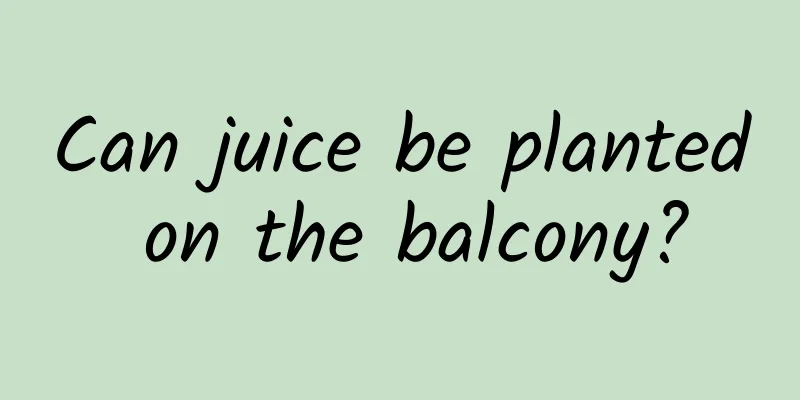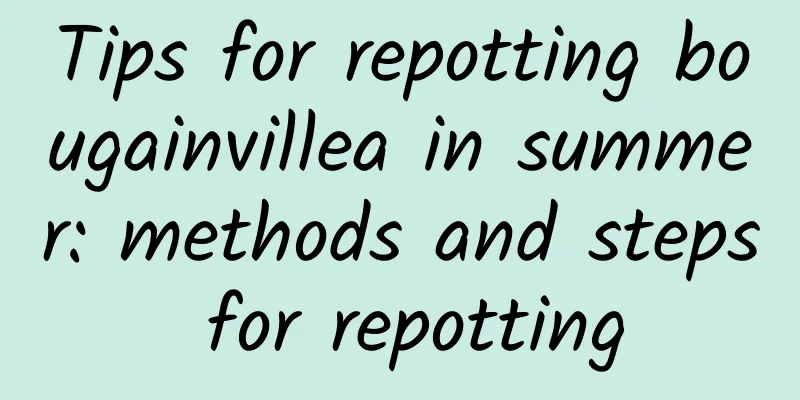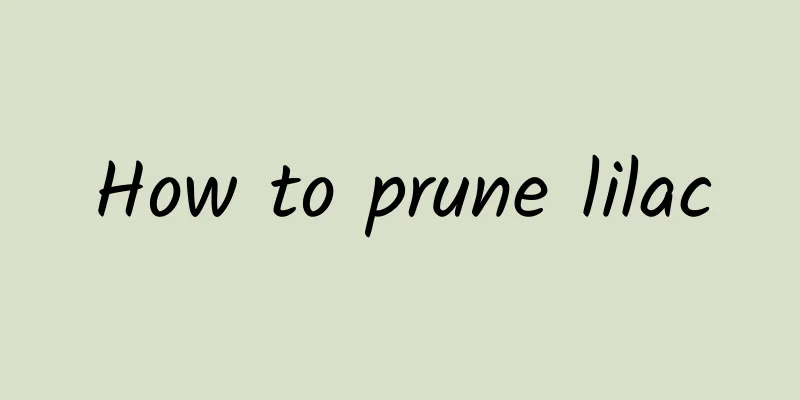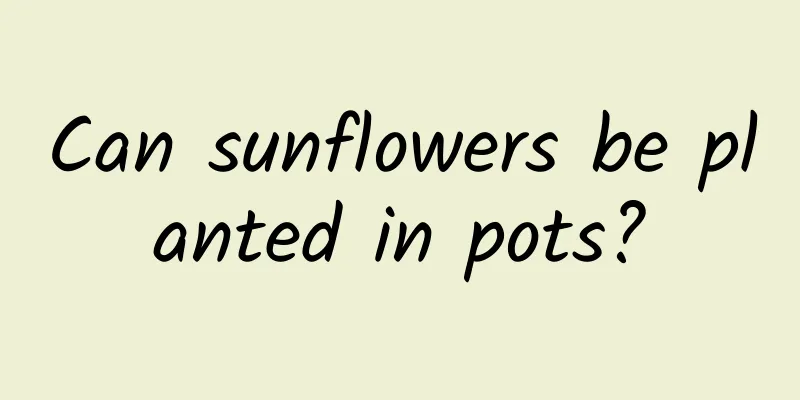How to take care of the newly bought African violet

1. Astigmatism maintenanceAfrican violets have very low requirements for light. After you buy them home, you only need to place them in a bright, diffused light location indoors to allow them to grow and bloom normally. On the contrary, too strong sunlight can easily cause sunburn to the African violets. 2. Large temperature differenceThe most suitable growth temperature for African violets is 18-24℃. It is afraid of heat in summer and must be shaded and cooled. It is afraid of cold in winter and the maintenance temperature cannot be lower than 10℃ to avoid frostbite of the plant. In addition, the temperature difference between day and night must be greater than 5℃, otherwise the African violet will not bloom. 3. Watering in the soaking basinAfrican violets are afraid of watering, so it is best to use the immersion pot method to replenish water to the plant. The right time to water can be judged by the condition of the plant. Usually observe the leaves at the bottom of the plant. If the leaves droop down, it means that the African violet is short of water and the pot can be soaked. 4. Increase humidityAfrican violets like moisture, so you should usually provide the plant with a high humidity environment, but you cannot spray water on the surface of the plant, otherwise the water droplets will accumulate on the fluff of the leaves and easily cause the leaves to rot. You can place a humidifier next to the potted plants, or put a few pots of water to increase the air humidity. 5. Apply thin fertilizer frequentlyAfrican violets like to be fertilized frequently with thin fertilizers. During the growth period of the plant, you can water it with a balanced nitrogen, phosphorus and potassium fertilizer every half a month. Switch to phosphorus and potassium fertilizers before flowering to promote more flowering of African violets, and stop fertilizing after flowering. 6. Disease and Pest ControlAfrican violets don't like to attract insects, but they are prone to diseases, such as common gray mold and black rot, which are mostly caused by a poorly ventilated environment and overly stuffy and humid potting soil. As long as ventilation is strengthened at ordinary times, the occurrence of diseases and pests can be effectively prevented. |
<<: The role and use of microbial fertilizer
>>: Time and method of raising pepper seedlings
Recommend
How to graft loquat
1. Grafting method 1. In February and March, when...
Care of Hoya
Farming methods Soil requirements Hoya likes fert...
Can a pennywort make the pot bloom?
1. Yes A pennywort can fill the entire pot, even ...
When is rice planted?
When is the best time to sow rice? Rice can be di...
Will cedar bear fruit?
Will cedar bear fruit? Cedar actually has its own...
How to grow Yunnan Echeveria
1. Breeding environment 1. Watering: Keep the soi...
The correct way to water flowers with breast milk: the advantages and disadvantages of watering flowers
Breast milk can be used to water flowers because ...
How to raise goslings to have a high survival rate?
Raising geese is a common and advantageous breedi...
What vegetables are suitable for planting in July? What vegetables are suitable for planting in July?
July is the hottest month, and it is prone to lit...
Is green pepper a shade or sun-loving plant?
Do green peppers prefer shade or sun? Green peppe...
How to treat rotten root of iron tree
1. Dealing with root rot If you find root rot, yo...
Common problems and solutions of Meirenmei
Diseases and their control of Plum The common dis...
How to grow Monstera fast
one. soil: 1. This plant likes fertile soil, and ...
Symptoms and treatment methods of flower injuries
Symptoms of water shortage in flowers When many f...
How to grow silver willow
1. Breeding environment 1. Soil: Cultivating silv...









